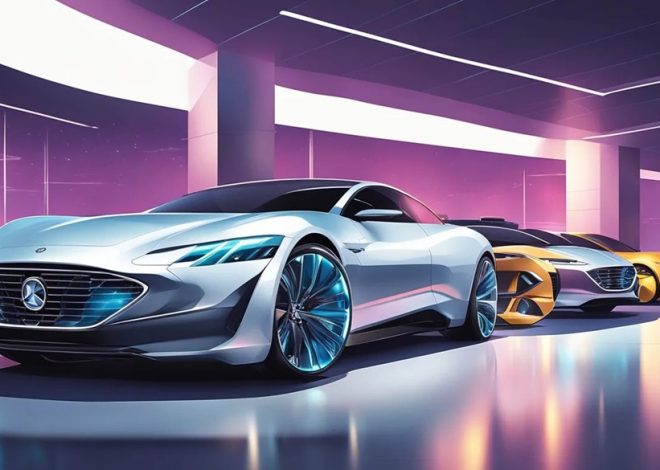
When Do Cars Become Vintage
Hey there, fellow car enthusiast! So, you’re curious about that magical moment when cars transform from mere vehicles to vintage treasures. It’s like watching a superhero origin story, but with engines and classic curves. Let’s dive into the fascinating world of when and how cars earn their vintage stripes.
The Time Capsule Called Vintage: The Basics
First things first, let’s define the term “vintage” in the automotive dictionary. A car earns its vintage badge if it was manufactured between 1919 and 1930. It’s like a specific era carved out in the automotive timeline, where cars took on a distinctive charm, reminiscent of The Great Gatsby vibes and jazz-filled streets.
The Roaring Twenties: Birth of Vintage Elegance
Now, picture the Roaring Twenties – a period when the world was buzzing with energy, jazz, and flapper dresses. Vintage cars from this era are like time-traveling artifacts, capturing the essence of a glamorous past. It’s when automotive design transitioned from utilitarian to an art form, with sleek curves and brass accents.
Vintage vs. Classic: Decoding the Automotive Family Tree
You might have heard the term “classic cars” thrown around, and you’re probably wondering, “Are vintage cars and classic cars the same thing?” Well, not quite. Vintage cars fall within the broader category of classic cars, specifically covering the years 1919 to 1930. It’s like having two cool cousins in the same automotive family.
Why 1919-1930? Unwrapping the Mystery
The choice of this specific time period for vintage cars is like selecting the golden frames for a masterpiece. It marks a transformative era in both automotive and world history. The aftermath of World War I saw innovations in design and technology, giving birth to cars that were not just modes of transportation but rolling works of art.
What Makes a Car Vintage-Worthy?
Vintage cars aren’t just old cars; they’re storytellers on wheels. Imagine each vintage car as a narrator of a bygone era, sharing tales of innovation, craftsmanship, and the spirit of the times. It’s not just about horsepower; it’s about the elegance, the simplicity, and the sheer audacity of design.
The Evolution of the Term “Vintage”
Interestingly, the term “vintage” was originally associated with wine, referring to a specific year of grape harvest. Its adoption into the automotive world is like a crossover episode where two distinct realms collide. Now, it’s not just about the wine in the bottle; it’s about the wheels on the road.
FAQs – Navigating the Vintage Roads
Q1: Can any car become vintage if it’s old enough?
Not exactly. While age is a factor, the term “vintage” is specific to cars manufactured between 1919 and 1930. Other classifications like “Antique” and “Classic” cover different age ranges.
Q2: Are all vintage cars valuable?
The value of a vintage car depends on factors like rarity, condition, and historical significance. While some can fetch high prices at auctions, others might be more accessible to collectors.
Q3: How do I determine if a car is vintage or just old?
Research the car’s manufacturing year. If it falls between 1919 and 1930, congratulations, you’ve got a vintage one! Authenticating its historical accuracy can also add to its vintage charm.
Q4: Can I drive a vintage car on the roads today?
Absolutely! Many vintage car owners take their beauties out for a spin. However, considering their age, some may require extra care and attention to ensure roadworthiness.
Q5: How do I start collecting vintage cars?
Starting a vintage car collection is like embarking on a passionate journey. Research, attend car shows, join enthusiast clubs, and connect with seasoned collectors for guidance.
And there you have it – the lowdown on when cars don the vintage cloak and become timeless classics. It’s not just about wheels; it’s about a journey through history, where each vintage car is a chapter in the automotive saga. So, next time you spot one of these rolling gems, appreciate it as a piece of living history!




